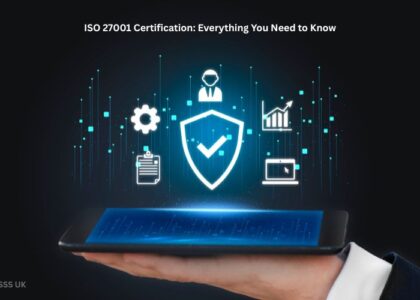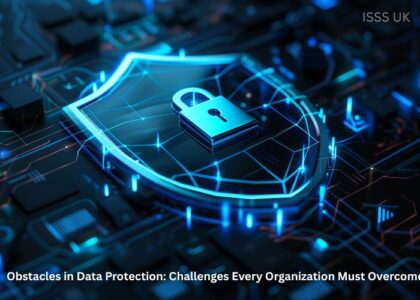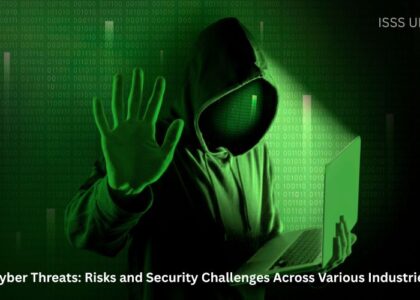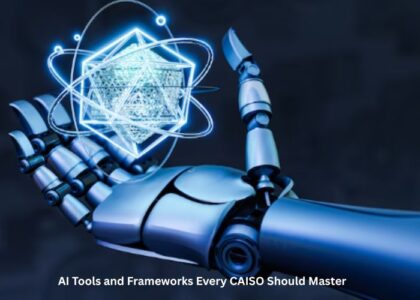The NIST Risk Management Framework (RMF) 2.0 is a structured approach developed by the National Institute of Standards and Technology (NIST) to help organizations manage cybersecurity risks effectively. It builds upon the original RMF, incorporating updated guidance to address modern cybersecurity challenges, such as supply chain risks, governance, and emerging technologies. Below is an overview of key features and updates in NIST RMF 2.0:
Key Features of NIST RMF 2.0
- Governance Integration
NIST RMF 2.0 emphasizes governance as a critical component for managing cybersecurity risks. This aligns cybersecurity efforts with broader organizational objectives, regulatory requirements, and enterprise risk management (ERM). Governance includes establishing risk management strategies, defining roles and responsibilities, and maintaining oversight across all levels of the organization. - Expanded Scope
The framework now applies to organizations across all sectors, not just critical infrastructure industries like healthcare or energy. It provides flexibility for businesses of varying sizes and industries to tailor the framework to their unique needs. - Supply Chain Risk Management
NIST RMF 2.0 includes enhanced guidance on managing supply chain risks, recognizing the growing importance of third-party and vendor relationships in cybersecurity. - Integration with Emerging Technologies
The framework addresses risks associated with emerging technologies such as artificial intelligence (AI). It helps organizations incorporate AI-related cybersecurity and privacy risks into their overall risk management strategies. - Core Components
The framework is built around six core functions:
- Identify: Understand organizational risks, assets, and vulnerabilities.
- Protect: Implement safeguards to ensure critical infrastructure security.
- Detect: Develop capabilities to identify cybersecurity events.
- Respond: Take action to mitigate the impact of incidents.
- Recover: Restore systems and services after an incident.
- Govern (new in RMF 2.0): Establish governance structures to align cybersecurity with business goals.
6.Profiles and Tiers
Organizations can create profiles to describe their current and target cybersecurity postures based on the framework’s core components. Tiers are used to characterize the rigor of an organization’s risk management practices, ranging from informal approaches to highly integrated enterprise-wide strategies.
Benefits of NIST RMF 2.0
- Comprehensive Risk Management: Provides a structured method for identifying, assessing, and mitigating cybersecurity risks while aligning them with business objectives.
- Flexibility: Adapts to diverse organizational needs, allowing customization based on size, industry, or specific threats.
- Enhanced Regulatory Compliance: Facilitates alignment with laws like GDPR or HIPAA and international standards such as ISO 27001.
- Improved Cyber Resilience: Strengthens detection, response, and recovery capabilities for better incident management.
- Integration with Enterprise Risk Management (ERM): Bridges the gap between cybersecurity risk management and broader organizational risk strategies.
Who Should Use NIST RMF 2.0?
The framework is applicable to organizations of all sizes and industries seeking to enhance their cybersecurity posture or meet regulatory requirements. It is particularly beneficial for sectors like financial services, healthcare, manufacturing, and government agencies that require robust security measures.
Implementation Steps
Organizations adopting NIST RMF 2.0 typically follow these steps:
- Prioritize and scope their cybersecurity efforts.
- Orient themselves within the broader risk landscape.
- Create a current profile of their cybersecurity posture.
- Conduct risk assessments using quantitative methods.
- Develop a target profile aligned with strategic objectives.
- Identify gaps between current and target profiles.
- Implement action plans to address gaps.
- Establish governance frameworks for continuous oversight.
In summary, NIST RMF 2.0 represents a significant evolution in cybersecurity risk management by emphasizing governance, expanding its scope beyond critical infrastructure sectors, addressing supply chain concerns, and integrating emerging technology risks into its framework.
Reach us for your winning CISSP training. training@isss.org.uk or +91 99405 87544





